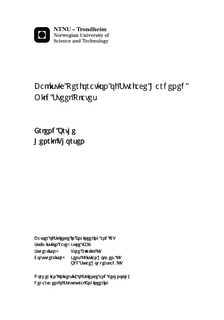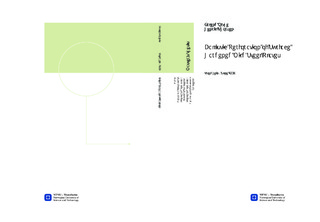| dc.description.abstract | The main objective with this thesis was to investigate experimentally and numerically the effect surface hardening has on the ballistic properties of monolithic and laminated mild steel plates. 300x300 mm^2 plates of thicknesses 12 mm, 6 mm, and 4 mm were made from a low carbon structural steel (NVE36) and combined in such a way that the total thickness always was 12 mm. Some of the plates were then surface hardened by the Kverneland Group to obtain different hardness profiles; (1) as-received, (2) very hard surface with a soft core and (3) very hard surface with a hard core.Ballistic impact tests were performed at SIMLab, NTNU, using 7.62 mm AP bullets. From these tests, the Recht-Ipson model was used to obtain ballistic limit curves for all layered/hardened configurations. The experiments showed that surface hardening had a positive effect on the ballistic resistance compared to the as-received material, while lamination did not seem to influence the results significantly. The surface hardened plates suffered from radial cracks and fragmentation during penetration, while the as-received material failed by ductile hole growth.Material properties were obtained by conducting tensile tests and microhardness measurements. The material tests revealed that the plates had not been hardened to their expected hardness profiles. This affected the comparison between a soft core and a hard core configuration. The modified Johnson-Cook constitutive relation and the Cockcroft-Latham fracture criterion were chosen to represent the material behaviour. Identification of material constants was done by direct calibration in combination with Bridgman s analysis, and by inverse modelling using LS-OPT. Numerical simulations of the impact tests were conducted in IMPETUS Afea Solver with higher order 3D volume elements. Surface hardened plates were modelled with a varying yield stress over the thickness by use of scaling factors obtained from the material tests. The numerical results were finally compared with the experimental findings. IMPETUS was able to describe the main trends from the experiment and the numerical results were conservative for all the analyses.Additionally, a numerical case study was performed with nominal hardness profiles. The study showed that nominal hard core plates performed better than nominal soft core plates, while layering did not seem to affect the result significantly. | nb_NO |

